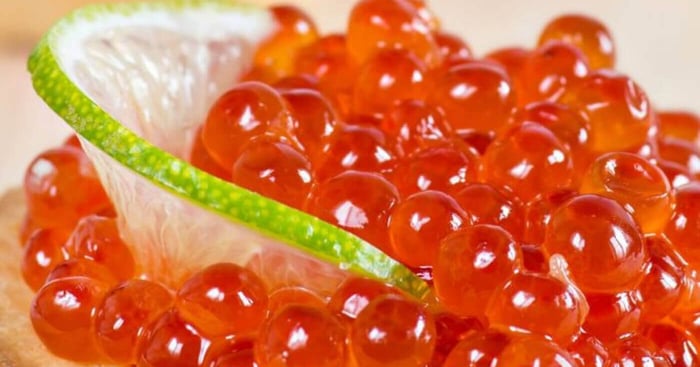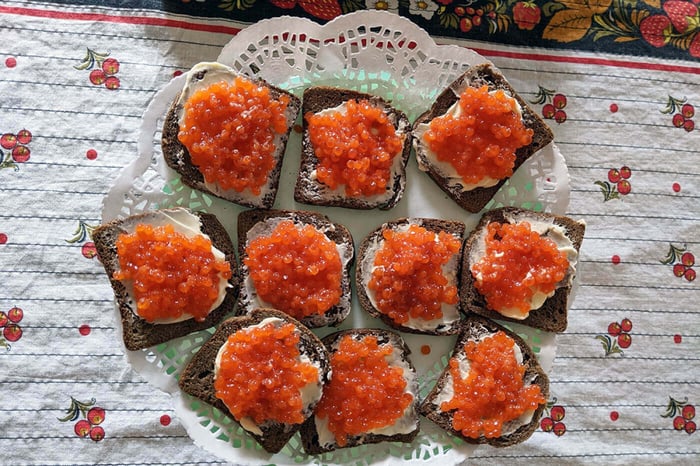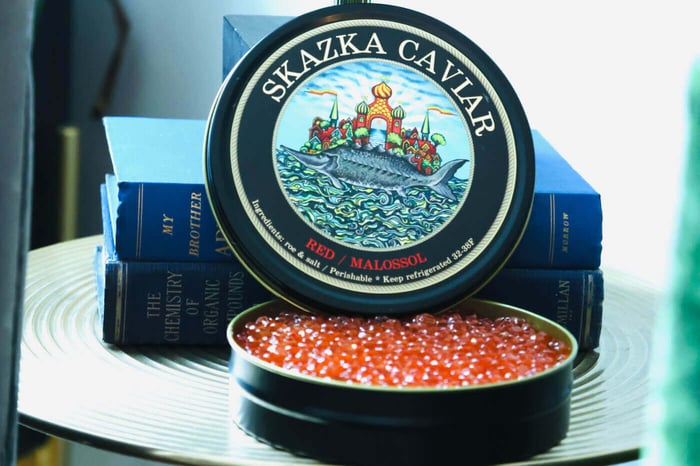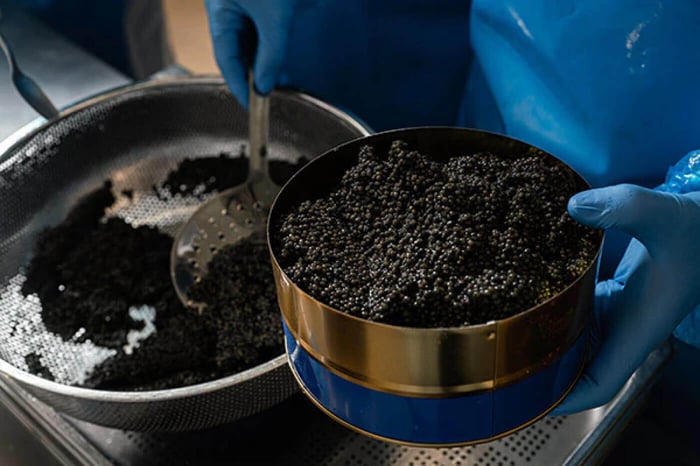
Caviar, the luxurious delicacy derived from sturgeon fish eggs, has long been synonymous with wealth and sophistication. While its consumption is often associated with the elite, the industry behind caviar is a complex and multi-billion-dollar global enterprise. The caviar industry affects numerous sectors, including fisheries, agriculture, tourism, and trade, making it a significant player in the world economy. This article delves into the economic impact of the caviar industry, examining its contributions to employment, trade, environmental sustainability, and more.
The Global Market for Caviar
The global market for caviar has grown significantly in recent years, driven by rising consumer demand and increased production. In 2022, the global caviar market was valued at approximately $540 million, with forecasts suggesting it could reach over $750 million by 2030. Major producers include countries like Russia, Iran, China, and the United States, with China emerging as the dominant player in recent years. The surge in production, driven by aquaculture and technological advancements, has not only lowered prices but also expanded the availability of caviar, making it more accessible to consumers beyond traditional high-end buyers.

Read: Caviar as an Aphrodisiac: Myth or Reality?
Job Creation in the Caviar Industry
The caviar industry is an important source of employment, particularly in regions where sturgeon farming and wild sturgeon fishing are prevalent. The sector generates jobs in various fields, including aquaculture, processing, distribution, and retail. Sturgeon farms, which now dominate the global supply of caviar, require skilled labor to maintain breeding and harvesting processes. Additionally, there are opportunities for employment in ancillary industries such as packaging, marketing, and logistics. In regions where wild sturgeon fishing remains legal, such as parts of the Caspian Sea, fisheries support local economies and provide vital jobs in remote areas.
Trade and Export Revenues
Caviar is one of the most valuable export products in many countries, particularly for regions bordering the Caspian Sea. For countries like Russia and Iran, caviar exports contribute significantly to national revenue, often fetching high prices on the international market. China, with its large-scale sturgeon farming, has also capitalized on the global demand for caviar, becoming a top exporter. The value of the caviar trade has important implications for both the economies of producing nations and the global market. Export revenues from caviar help stabilize economies, encourage investment in aquaculture, and fuel global competition.
Read: The Evolution of Caviar Packaging: A Historical Perspective
Aquaculture and Environmental Sustainability
With wild sturgeon populations facing significant declines due to overfishing, habitat destruction, and illegal poaching, the caviar industry has increasingly turned to aquaculture as a solution. Modern sturgeon farming not only helps meet the growing demand for caviar but also contributes to the conservation of endangered species. The economic impact of aquaculture is substantial, as it provides an alternative to wild fishing, supports environmental sustainability, and reduces pressure on wild populations. By promoting sustainable practices, the caviar industry can continue to grow while ensuring long-term environmental and economic benefits.

Tourism and Luxury Markets
Caviar's association with luxury has helped drive growth in related sectors, particularly tourism and the hospitality industry. Caviar tastings, luxury caviar experiences, and high-end restaurants featuring caviar as a premium offering attract affluent tourists. Regions known for their caviar production, such as the Caspian Sea and parts of Europe, have seen a rise in gastronomic tourism as consumers seek to indulge in authentic caviar experiences. This intersection of tourism and the caviar industry contributes to local economies by generating additional revenue through hospitality, entertainment, and culinary events.
Challenges Facing the Caviar Industry
Despite its economic benefits, the caviar industry faces numerous challenges, particularly in terms of sustainability, regulation, and market volatility. The decline of wild sturgeon populations has led to increased regulation, affecting supply chains and prices. Additionally, the rise of farmed caviar has created new market dynamics, with fluctuating prices and quality concerns affecting consumer confidence. The industry also contends with illegal poaching, which continues to threaten wild sturgeon populations and undermine efforts at sustainable aquaculture. Addressing these challenges will be crucial for the industry’s future growth and sustainability.
Conclusion
The caviar industry plays a significant role in the global economy, impacting everything from employment and trade to environmental sustainability and luxury markets. As demand for caviar continues to grow, the industry’s economic contributions will likely expand, benefiting countries that invest in sustainable production methods and innovation. However, the industry must also navigate a range of challenges, including environmental concerns and market fluctuations, to ensure long-term growth and stability. With careful management, the caviar industry can continue to thrive while supporting both local economies and global trade.
About the Author
 Igor Fishbeyn - Caviar Purveyor
Igor Fishbeyn - Caviar Purveyor
Igor Fishbeyn is purveyor of fine sturgeon caviar and creator of the Skazka Caviar brand. He is an expert with decades of experience specializing in importing, wholesaling, and retailing the finest quality caviar in the world. Igor frequently writes about caviar news and various topics about the caviar industry. He lives in San Francisco with his wife and daughter.
Shop Skazka Caviar
Browse Our Exclusive Caviar Collection
“River Beluga” Kaluga Sturgeon Caviar
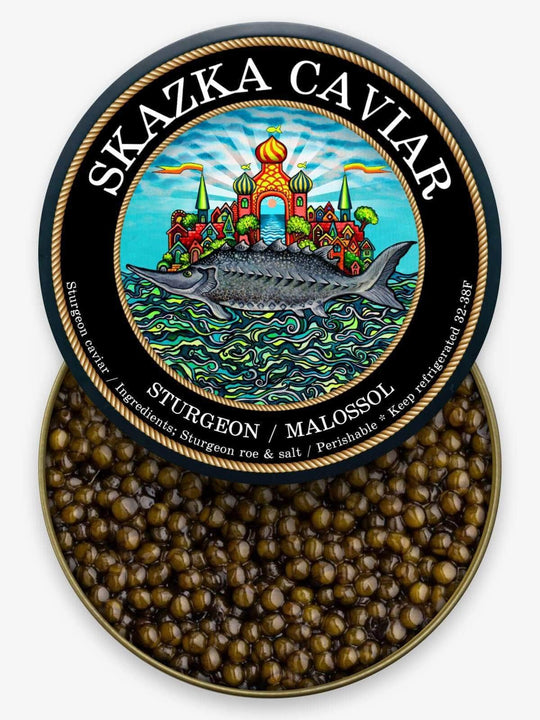
$295
$395
This large, robust caviar is a favorite of connoisseurs. Its firmness provides a satisfying texture that will keep you coming back for seconds and even thirds. Its luxurious chocolate brown color is perfectly evocative of its rich taste. Hints of… read more
“Oprah’s Favorite” Russian Osetra Caviar
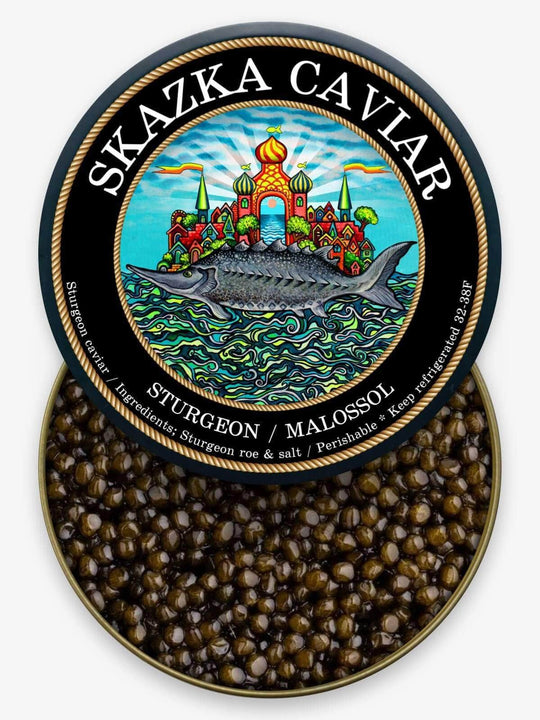
$295
$335
This medium-sized caviar is sure to be the star of any party or function you may throw. Its deep chocolate brown color is indicative of its rich and buttery flavor. Amber Osetra caviar has one of the cleanest tastes of any… read more
"Russian Czar" Beluga Sturgeon Caviar
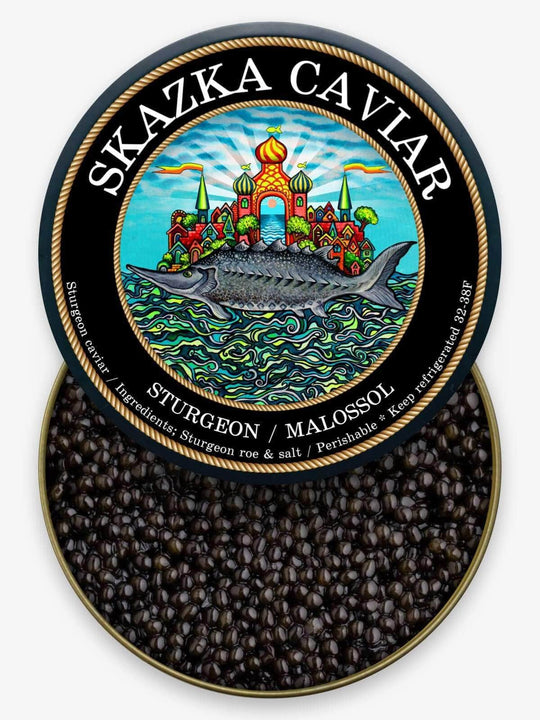
$495
$599
With an incomparable richness, “Russian Czar” Beluga Sturgeon Caviar is a knockout when it comes to fine caviar. Traditionally harvested in Russia, this caviar holds a tradition of greatness throughout history. With buttery notes that linger on the taste buds,… read more
“Tsar Reserve” Golden Osetra Caviar
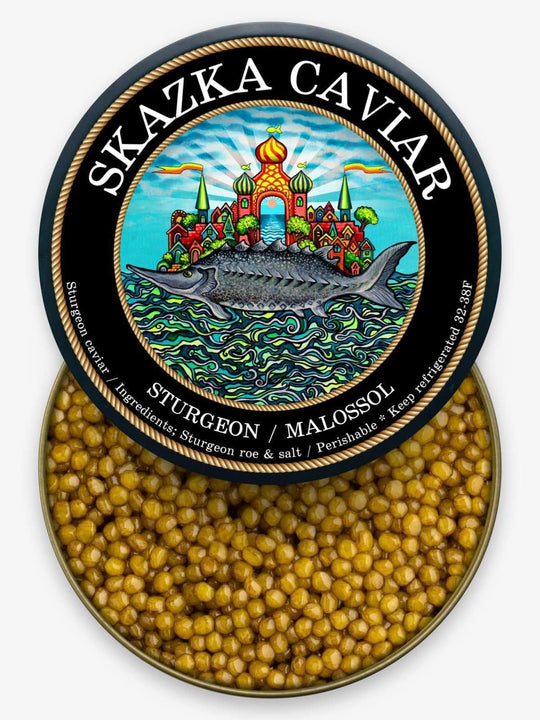
$395
Anyone with a taste for fine caviar will love “Royal Reserve” Golden Osetra Caviar. Its beautiful deep amber color is the first sign you’ll have that you’re in for something special, and once it hits your tongue you’ll know just… read more
Shop Caviar By Type
Shop Black Caviar | Shop Red Caviar | Shop Caviar Accessories
Shop Beluga Caviar | Shop Kaluga Caviar | Shop White Sturgeon Caviar
Shop Osetra Caviar | Shop Salmon Roe | Shop Albino Sturgeon Caviar

